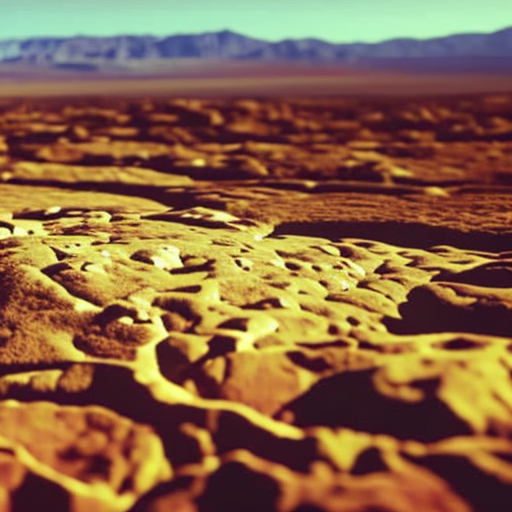Summary:
Rock formations are natural structures that are created through various geological processes over millions of years. They come in a wide range of shapes, sizes, and compositions, and can be found all over the world. From towering cliffs and majestic mountains to delicate arches and unique rock formations, these geological wonders provide valuable insights into the Earth’s history and offer breathtaking landscapes for exploration and admiration.
Types of Rock Formations:
There are several types of rock formations, each with its own distinct characteristics. Some of the most common types include:
- Sedimentary Rock Formations: These formations are created through the accumulation and compaction of sediment over time. Examples include sandstone, limestone, and shale.
- Igneous Rock Formations: Formed from the cooling and solidification of molten rock, igneous formations can be intrusive (formed beneath the Earth’s surface) or extrusive (formed on the Earth’s surface). Examples include granite, basalt, and obsidian.
- Metamorphic Rock Formations: These formations are created through the transformation of existing rocks under high pressure and temperature conditions. Examples include marble, slate, and gneiss.
- Volcanic Rock Formations: These formations are a result of volcanic activity, such as lava flows and volcanic ash deposits. Examples include volcanic cones, lava tubes, and volcanic craters.
- Erosional Rock Formations: These formations are shaped by the forces of erosion, such as wind, water, and ice. Examples include arches, hoodoos, and sea stacks.
Formation Processes:
Rock formations are created through various geological processes that occur over long periods of time. Some of the key processes include:
- Weathering and Erosion: The breakdown and transportation of rocks and minerals by natural forces, such as wind, water, and ice.
- Sedimentation: The deposition and accumulation of sediment, often in layers, which eventually forms sedimentary rock formations.
- Volcanism: The eruption of molten rock onto the Earth’s surface, which can lead to the formation of volcanic rock formations.
- Tectonic Activity: The movement and collision of Earth’s tectonic plates, which can result in the formation of mountains, faults, and other geological features.
- Metamorphism: The transformation of existing rocks due to changes in temperature, pressure, and chemical composition.
Significance and Exploration:
Rock formations have significant scientific, cultural, and recreational value. They provide valuable clues about the Earth’s geological history, including past climate conditions, the movement of continents, and the evolution of life. Scientists study rock formations to gain insights into the Earth’s past and to better understand geological processes.
Furthermore, rock formations are often popular tourist attractions and provide opportunities for outdoor activities such as hiking, climbing, and photography. Famous rock formations like the Grand Canyon, Uluru, and the Giant’s Causeway draw millions of visitors each year, showcasing the beauty and diversity of the Earth’s geological wonders.
Conclusion:
Rock formations are fascinating natural structures that offer insights into the Earth’s history and provide stunning landscapes for exploration and enjoyment. From sedimentary cliffs to volcanic craters, these formations are the result of various geological processes and have significant scientific and recreational value. Whether for scientific study or leisurely appreciation, rock formations continue to captivate and inspire people around the world.












